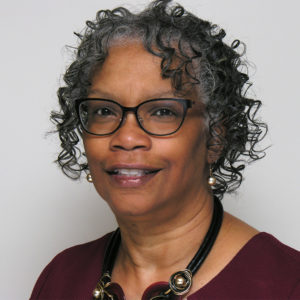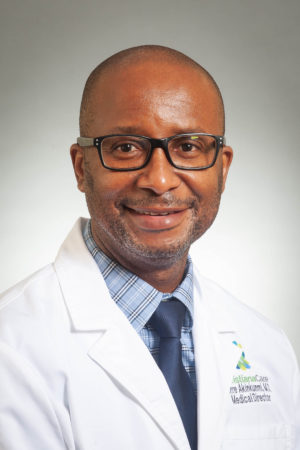Sometimes the key to communicating well with your patients is saying nothing at all.
Well, at first. The technique is called the “Two-Minute Rule,” and it’s one of more than a dozen approaches that doctors and nurse practitioners at Christiana Care are learning in relationship-centered communication.
Drawn from a curriculum developed by the American Academy on Communication in Healthcare, the program hasn’t been widely deployed, but plans are in the works to create modules adaptable to the unique needs of all nine service lines that would be integrated into the Value Institute Academy’s Patient Experience classes.
Facilitators plan to use feedback from about two dozen physicians and nurse practitioners who enjoyed a sneak peek at the training in a one-day symposium this spring. The group, consisting of new providers and veterans, reported back tangible results from employing some of the methods.
“By letting patients talk for two minutes when they first come in and then asking if they have any other concerns to share, I get at what is most bothering them, and it makes for a more positive experience for them,” said cardiologist Ronald Lewis, D.O., FACC.
Evidence shows that typically, a physician will interrupt a patient within 18 seconds. If allowed to speak for two minutes, most patients will stop talking after about 90 seconds.
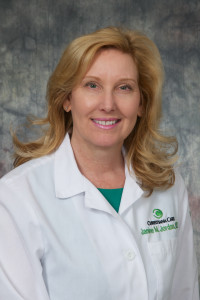
“The impression is that you have really listened to them,” said Janine Jordan, M.D., CHCQM, medical director of utilization management and a facilitator of the training. “Studies also show if you shake a patient’s hand, sit down and engage with them at eye level, they’ll perceive you’ve been in the room a minute-and-a-half longer than you were. Communication drives so much of our quality, our safety and adherence to the plan of care outcomes, that anything that can help us be better communicators is vital to improving our patients’ health.”
Dr. Lewis also has begun to consistently employ the “teach-back” practice of asking patients to describe in their own words the next steps in their care plan.
“Previously, I’d have people leave the office, go home and their daughter will call and say, ‘Mom didn’t understand what you were telling her,” Dr. Lewis said.
There are many reasons a patient might not hear and understand what’s being said in a conversation with a doctor or nurse. It might be a physical reason, such as a hearing impairment. Or it might be something else — for example, a patient who has just received bad news might have difficulty focusing on what else is being said.
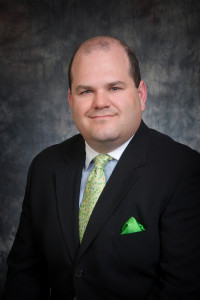
“I think we all recognize that the industry’s changing, and that our patients’, consumers’ and members’ needs are changing,” said Shawn Smith, MBA, vice president for patient experience, who organized the June training along with Dr. Jordan. “We identified some of those things that we need to address from an emotional perspective that we haven’t really taught.
“The key objective is using empathy to connect with patients for a better interaction. The skill of eliciting the story really helps negotiate the agenda for the encounter. And research shows that when it’s done effectively, a provider has better control of their day.”
Anesthesiologist Patricia Moore, M.D., is chair of Patient Experience for the Surgical Service Line and attended the June training. She appreciates the importance of communication not only in establishing a respectful relationship with patients, but also as a key to positive clinical outcomes.
“How we communicate, what we communicate and in a way that it can be understood — all of that doesn’t just affect how the patient feels, but it influences their health outcome,” Dr. Moore said. “If a patient doesn’t understand their discharge instructions, it’s going to affect their outcome.”
One of the techniques she has begun to consistently use is called “ICE,” which stands for ideas (what patients think might be causing their complaint), concerns and expectations.
“The framework of ICE for having a discussion has been a way for me to engage in a more focused, active-listening, empathetic manner to identify what my patients’ needs are and how I can best meet them,” Dr. Moore said. “Take fear, for example. There’s a lot of fear when someone is coming in and having surgery. Now, at the end of my discussion with each patient, I uniformly ask them if they have any questions or concerns.”
It was in this manner that she discovered one of her patients was deathly afraid of needles — and while recovering from surgery in the hospital, the young woman had been diagnosed with early-stage diabetes. Not only did the conversation enable Dr. Moore to ensure the woman’s IV was placed in the least painful way; it led her to engage the patient’s primary care provider, a psychologist and a social worker to make sure the woman, who lived alone, would be able to prick her finger every day to check her blood sugar and inject herself with insulin if necessary.
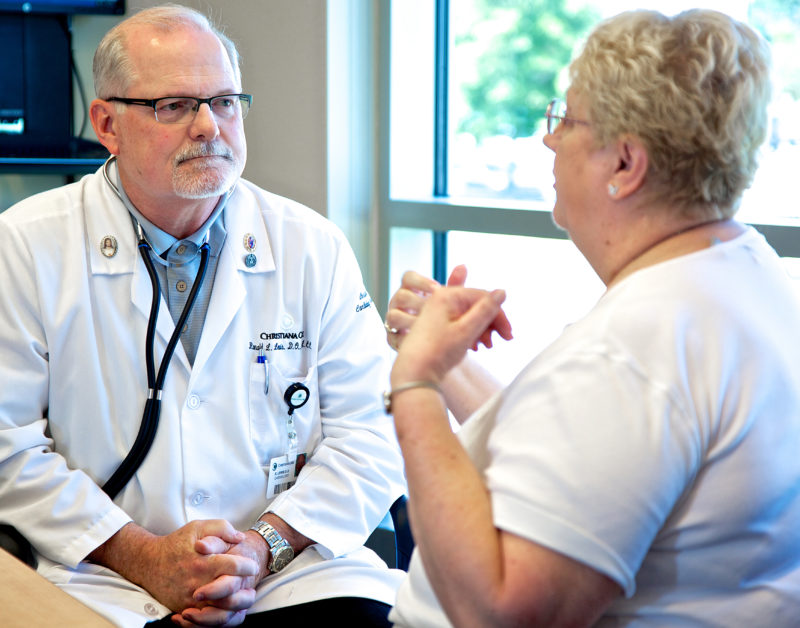
“Otherwise, she would get very, very sick,” Dr. Moore said. “This will make a huge difference for her in terms of her long-term health. She was otherwise a very healthy woman. I might not have asked these questions.”
Meredith Santinelli, APN, credits the ICE method with helping her identify the culprit of one patient’s elevated blood sugar. The woman said she was compliant with her medication and diet. When asked what she thought might be causing her lightheadedness and shortness of breath, the woman said that she was dehydrated because she wasn’t drinking her normal share of Gatorade and juice.
Santinelli was able to pair her with a diabetic educator to explain the effects of those sugary drinks.
“She thought she was doing fine with her diabetes control. Clearly there was an education gap there,” Santinelli said. “I’m a big fan of educating the patients. Ultimately, it prevents readmission.”
Relation-based communication doesn’t take extra time, Dr. Moore said. “It just shows extra caring and demonstrates respect. We serve our neighbors as respectful, expert, caring partners in their health. This is an effective way of partnering with our patients in order for them to enhance their health care.”
Smith echoed her comments. “It fits into almost every facet of The Christiana Care Way. We show up as an expert in the room, and we allow the patient to tell his story for two minutes — that’s respectful. Listening to their stories shows you value them. You’re getting to learn more about the patient than through fly-by visits. When you have that relationship and it’s personalized, that builds trust. When you start building trust and you use empathy, you set them up for compliance for a good health outcome.”
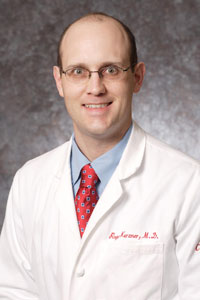
Cardiologist Roger Kerzner, M.D., FACC, said he has found using these communication techniques saves time and yields a more valuable visit for both provider and patient. Using an empathetic approach, he was able to allay the concerns of one woman who needed mitral valve surgery but was afraid to have it.
“It was entirely clear she needed the surgery,” Dr. Kerzner said. “It really was having to convince her that while her fears were real, she wasn’t making a good decision based on them.”
While Christiana Care prepares to deploy the training throughout the health system, Dr. Kerzner has shared the strategies with colleagues.
“I have been tracking seven providers, and their scores have improved,” he said, referring to the physicians’ CGCAHPS (Clinician and Group Consumer Assessment of Healthcare Providers and Systems) scores, which measure whether patients had a positive or negative experience. In patient surveys, the quality of communication with physicians has the highest correlation to overall patient experience.
“Shawn and I attempt to represent the physician voice when it comes to how to improve the patient experience,” Dr. Jordan said. “Health care is increasing demands on providers, which can lead to burn-out. We started thinking, are there ways to help physicians, to give them a toolkit to improve their communication? Now we don’t just say to doctors, ‘You’re doing poorly.’ We can say, ‘If you use these evidence-based best practices on every patient, on every visit, your scores will improve. Moreover, we will help you by giving you the opportunity to practice key skills that will strengthen and build relationships with patients and their families while receiving constructive feedback on your performance.”
“If we can teach providers standardized methods of effective, evidence-based communication skills that meet the current needs of both physicians and patients and their families, we can actually positively influence the whole health system. What health care providers say, and how we say it, and what we do, and how we do it, matters to patients and families. This should be a source of inspiration for our profession.”


